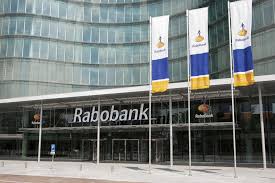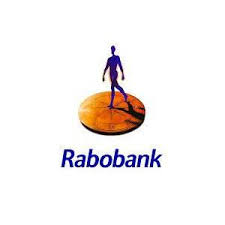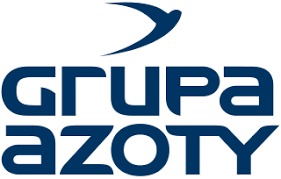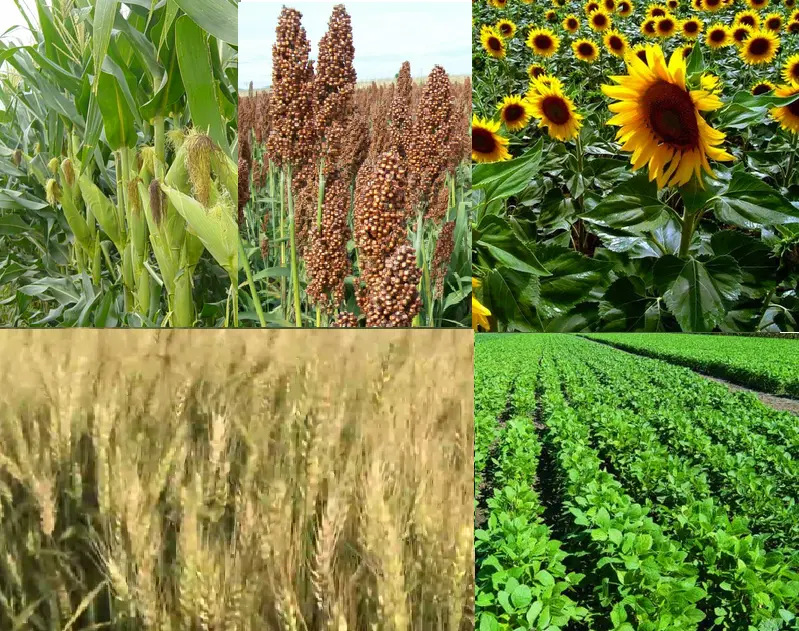
It is often said that production costs are rising and international prices are falling in the sector. While this is true, it creates a huge problem for the purchasing power of producers throughout the world – not only in Argentina – which is accentuated by the current conditions in our country. With the dollar floating closer to the floor of the exchange rate gaps and the feared end of the temporary lowering of export duties, the outlook looks dark for many, including those who are thinking right now whether or not to plant wheat, at the same time that the coarse harvest is being lifted.
The prestigious international consultancy Rabobank prepared a report where it estimates what could happen to fertiliser prices in 2025 at a global level, and adds a concern: they will rise throughout the year, which generates extra uncertainty for the next sowing of corn and soybeans, and to a lesser extent for Argentine wheat sowers.

Signed by Bruno Fonseca, an agricultural inputs analyst, the report summarises: “Fertiliser prices show an upward trend by 2025. As a result, farmers’ purchasing power is decreasing, as commodity prices have not increased accordingly. All this is taking place in a turbulent world”.
According to this report, the fertiliser market is expected to face another difficult year in 2025. “This is especially true for nitrogen and phosphate fertilisers. Farmers will struggle due to reduced purchasing power for these nutrients,” the experts note.
“The year 2025 started with a number of geopolitical challenges, creating uncertainty in various markets. Agricultural inputs, such as fertilisers, were particularly affected. We expect this unfavourable scenario for the fertiliser market to persist throughout the year. The US government has introduced new tariffs on imports and ongoing global conflicts continue to contribute to instability,” Rabobank analyses.

On the demand side, Fonseca describes: “Despite all this geopolitical uncertainty, fertiliser needs remain stable in regions such as Africa, Australia, South America, Europe and the US. India has been a major buyer in the fertiliser market, standing out as a key player in this market and ensuring the necessary liquidity at times.
However, seasonal demand in India has declined, along with the depletion of stocks. As a result, market activity has declined, as participants take a wait-and-see attitude before taking further action”.
On the supply side, the paper notes supply constraints for some nutrients due to changes in the global dynamics of major players and China’s export restrictions. ‘We expect China to resume exports in the second half of 2025, once domestic demand declines following the implementation of hedging fertilisers,’ says Rabobank’s Fonseca.
Source: RaboReserch

Grupa Azoty expands fertilizer portfolio

Grupa Azoty has expanded its portfolio of multinutrient fertilizers with the launch of MultiCorn NP (S) 14-34 (+23) enriched with zinc.
Manufactured by Grupa Azoty Police, this advanced fertilizer is particularly recommended for maize cultivation due to its rich nutrient profile. Its high phosphorus content promotes robust root development, while nitrogen supports vigorous plant growth.
“Row fertilization with MultiCorn ensures precise nutrient delivery right from the start, bringing significant economic and environmental benefits,” said Jacek Zaborowski, Director of the Corporate Trade Department, AGRO Segment at Grupa Azoty.
Composition and benefits
In the early stages of maize growth, development is often limited by low nutrient availability and weak root formation. At this critical time, plants require a ready supply of nitrogen, phosphorus, and zinc. MultiCorn addresses these needs through its carefully balanced composition.
Nitrogen (14%) in ammonium form is one of the most efficient sources of this element, less prone to leaching and readily available to plants, particularly in cooler spring conditions. Ammonium nitrogen also enhances phosphorus uptake and supports strong root system development, promoting balanced growth. Phosphorus (34%), present as ammonium phosphate, is a highly accessible and easily absorbed form that plays a key role in building a healthy root system. Sulfur (23%) in sulfate form dissolves easily, ensuring high bioavailability. It aids nitrogen uptake, boosts plant resistance to disease, and positively influences crop quality. Zinc (0.2%), an essential micronutrient for maize, supports carbohydrate and nitrogen metabolism, enhances nitrogen efficiency, stimulates root growth, strengthens plant resilience, and improves crop yield quality.
Delivering high-quality yields
Using MultiCorn fertilizer facilitates early nutrient uptake, ensuring strong, well-developed root systems that can efficiently absorb water and nutrients throughout later growth stages. The fertilizer from Grupa Azoty Police also promotes faster plant growth and maturation, reduces grain moisture at harvest, and boosts overall yields. MultiCorn improves fertilization efficiency by enabling reduced application rates and minimising the need for additional agronomic treatments. This translates into lower fertilization costs and reduced environmental impact. The fertilizer’s uniform granule shape and optimal hardness ensure precise application and reduce wear on sowing equipment.
Source: World Fertilizer

ARGENTINE MAIN CROPS OVERVIEW:
SOYBEAN: After a significant inter-weekly progress of 9.6 p.p., the harvest amounts to 14.5% of the eligible area. However, it continues to register significant delays compared to previous cycles. The projection stands at 48.6 MTn.
CORN: Harvest progressed slowly reporting an average yield of 82.4 qq / ha. Much of the early plantings in the centre of the agricultural area have already been harvested and conditions continue to improve in other regions. We maintain our production projection at 49 MTn.
SUNFLOWER: The harvest marked a progress of 1.4 p.p. interweekly, covering 96.3% of the eligible area. After further analysis, corrections were made in the area resulting in an increase in the production projection to 4.7 MTn.
SORGO: An advance of 6.1 p.p. is reported during the last fortnight with an average yield of 39.1 qq/Ha. Despite some fungal diseases in some producing areas, we maintain our production projection at 3 MTn.
Source: Buenos Aires Grain Stock

